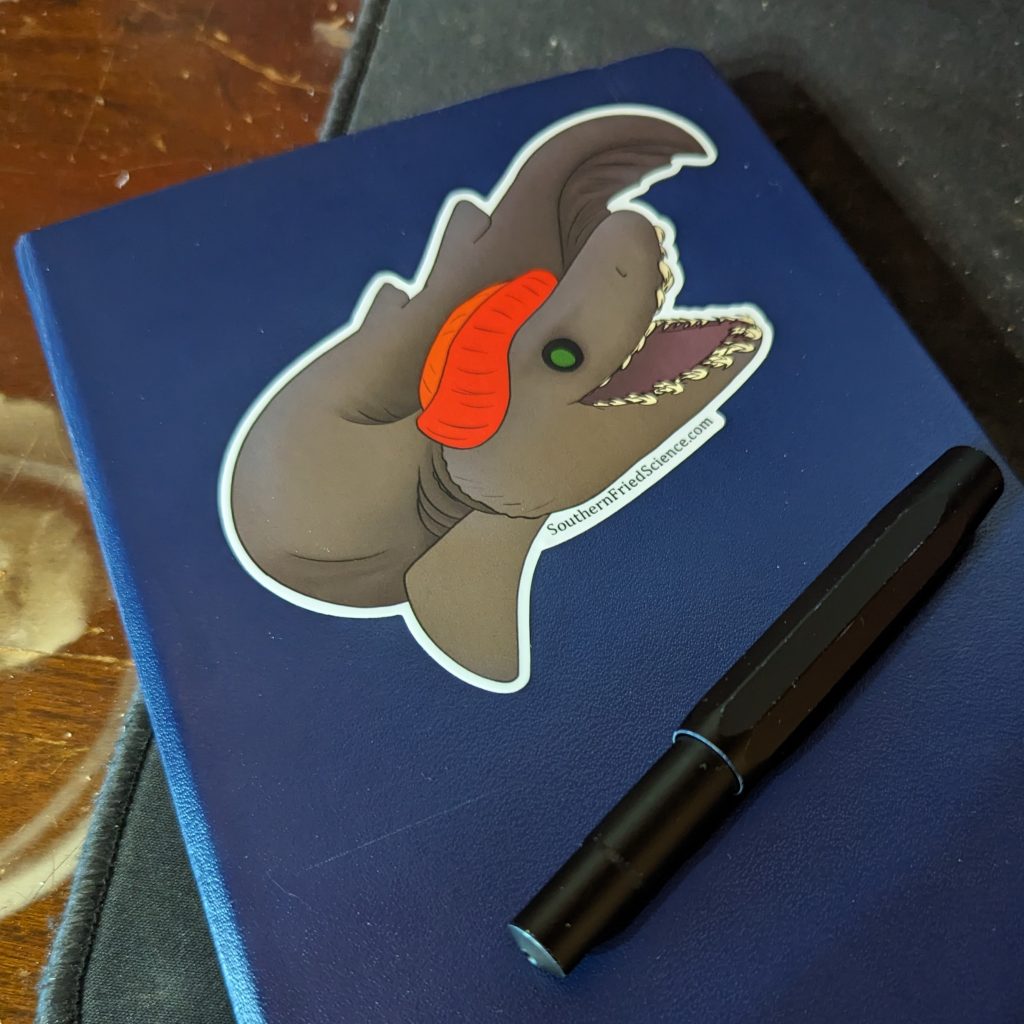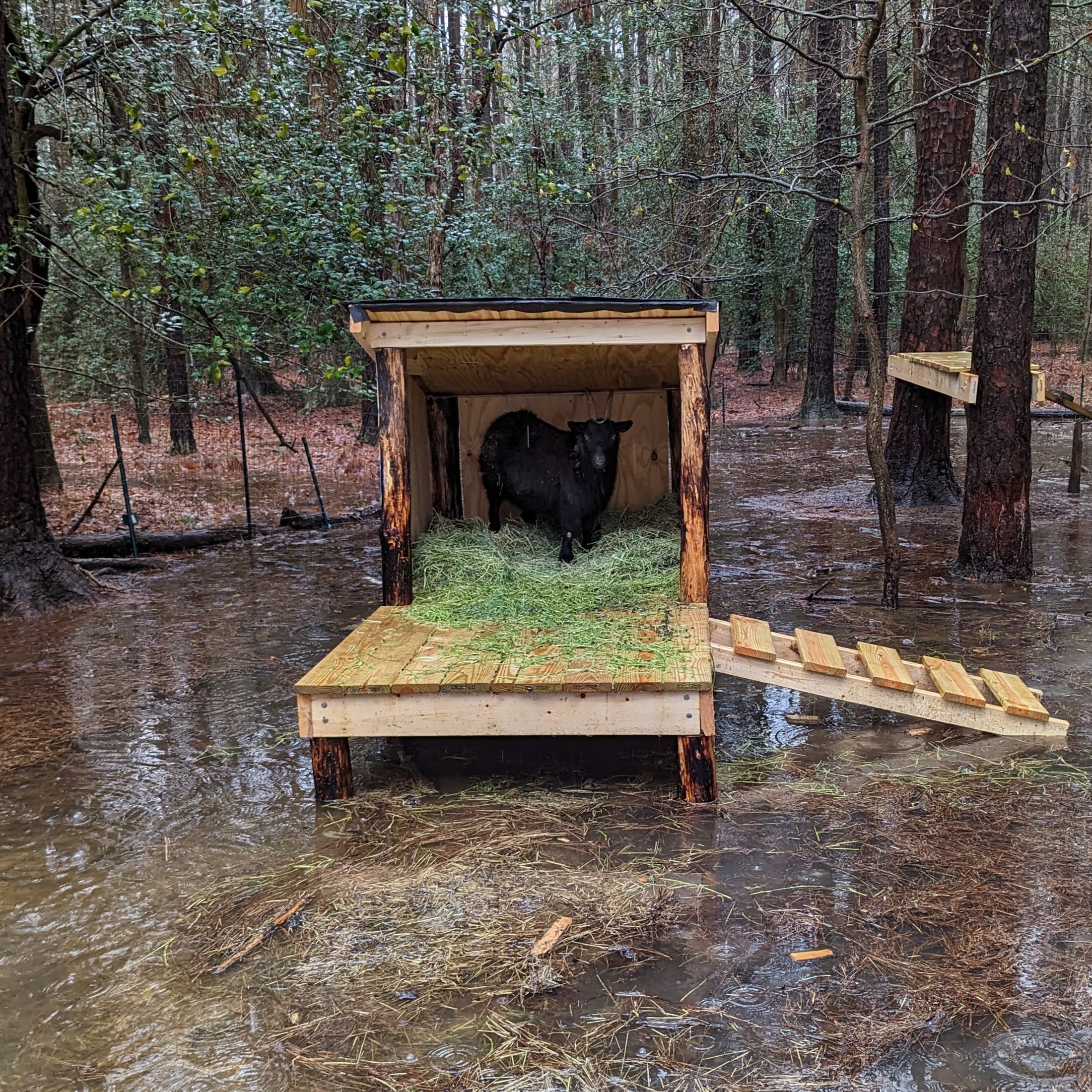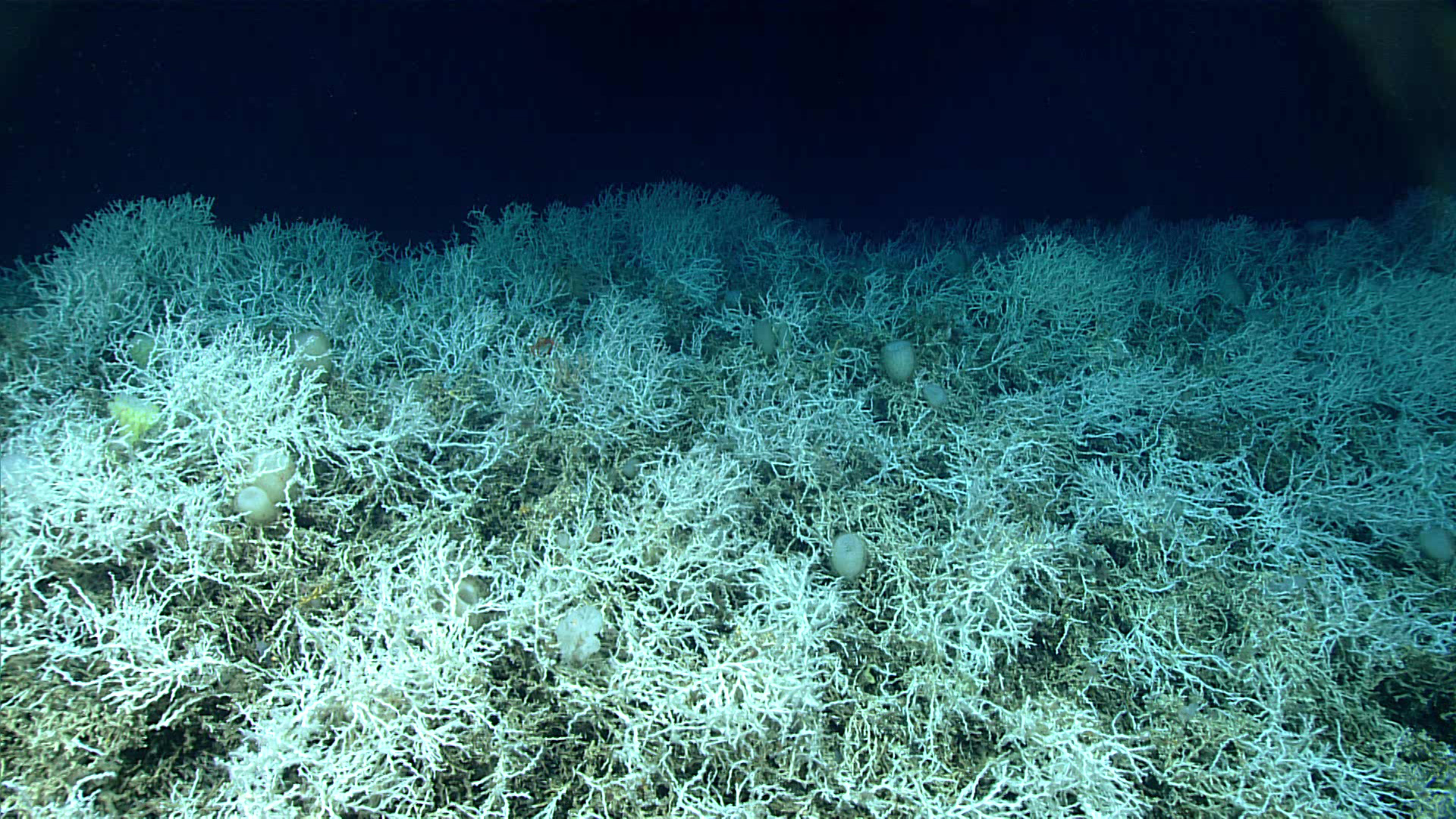After a trio of very widely read articles triggered a traffic surge in February, including David’s critical expert analysis of cross-order hybridization, our visitor count normalized a bit on the old ocean science and conservation blog. A little more than 19,500 people visited Southern Fried Science in March, a roughly 50% increase from January.
You read a mix of old an new, with a few classics rising from a decade long slumber. This month I also wrote extensively about deep-sea mining, and it’s clear from the traffic drop off that seven extremely wonky articles in a row about economics and detailed assessments of international negotiation isn’t quite the draw than that one weird article we wrote about sulphur pyramids a decade ago. I’m just glad the top post wasn’t sharks. Take that, David.
Here are the top ten Southern Fried Science articles from this month:
- No, the ship didn’t steer towards the pylon: A brief fact check on the MV Dali collision with Baltimore’s Key Bridge
- No, a shark did not get a stingray pregnant. But what really happened is pretty cool!
- Everything is Crabs: How many crabs do you need to land on the moon?
- We Were Wrong About Megalodon: lessons learned from 10 years combating fake science in popular media
- Bluesky is now open. Science Twitter, here’s how to use it!
- After 50 years of conservation, what’s next for the Endangered Species Act?
- A quick and dirty guide to making custom feeds on Bluesky
- Something is bothering me about the Economics of Deep-sea Mining
- Alberta, Canada is the proud owner of the largest man-made pyramid on the planet
- New Deep-sea Mining Bill Introduced in Congress
This month we also launched the new Big Sticker series for my Patreon campaign. Patreon is how we’ve kept the blog running for over 15 years, covering our always growing server fees and helping fund all the cool, weird, and important projects that Southern Fried Science has facilitated. These include the OpenCTD, a new study on microplastics in the deep sea, and assorted education efforts. These also allow me to take two weeks to follow the ISA meetings in detail and report back as a room of 300 diplomats decides on the future of ocean exploitation.


